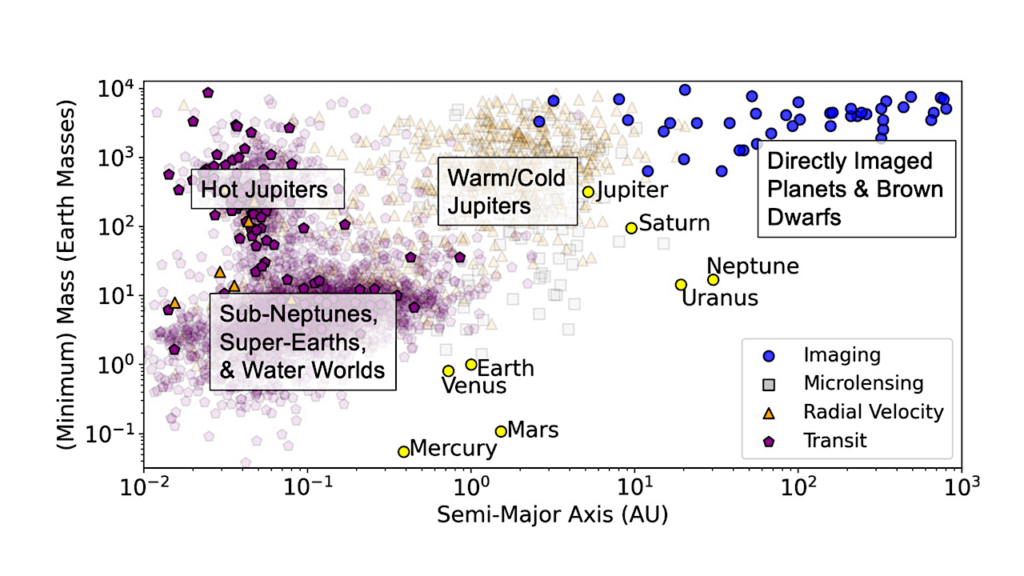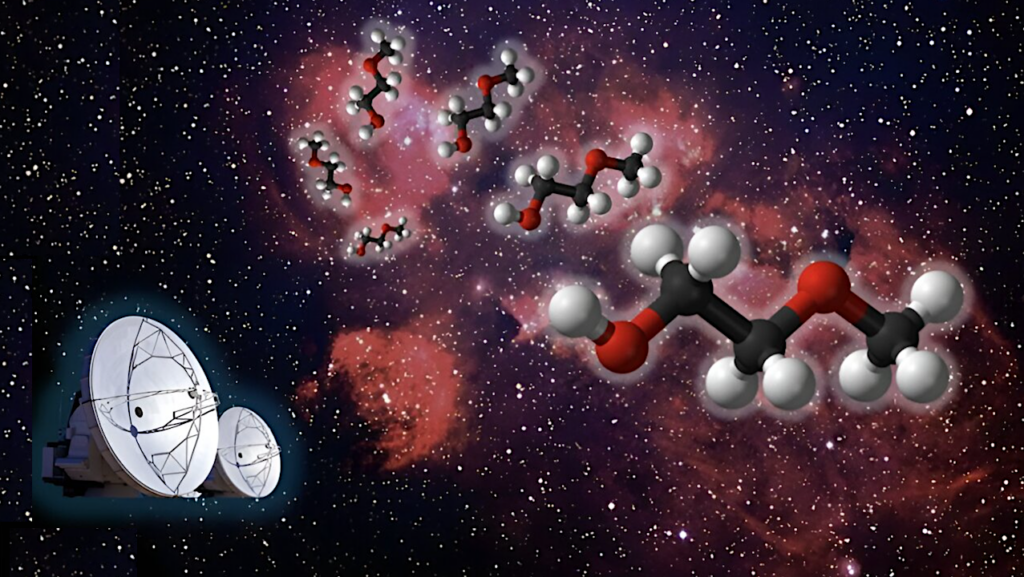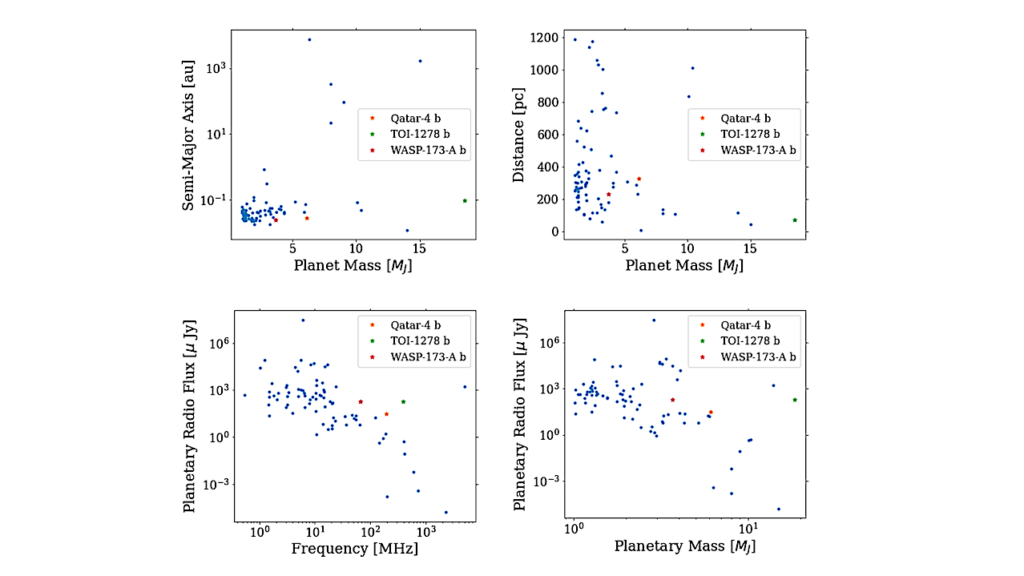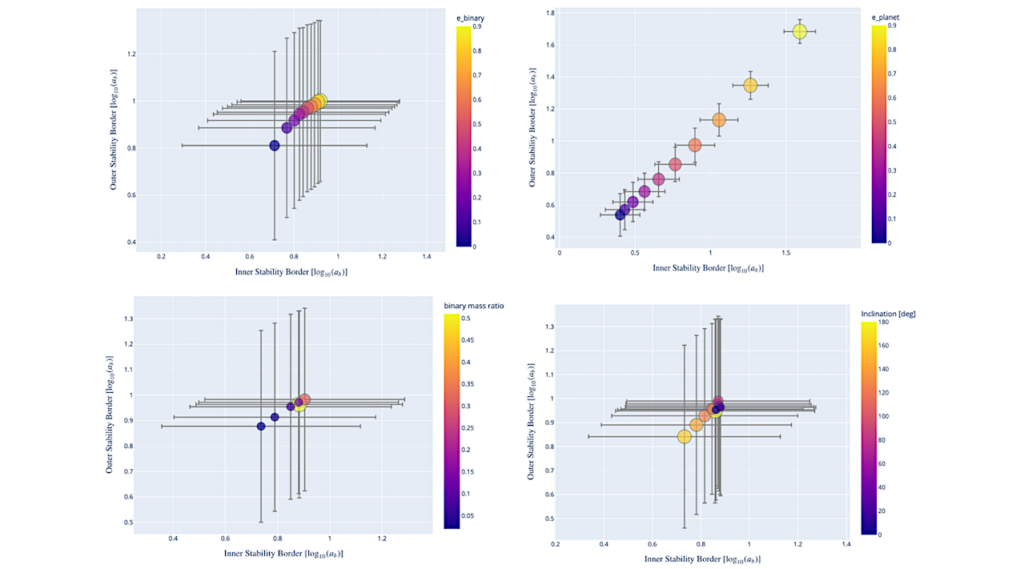Spectroscopic Mapping Of Io’s Surface With HST/STIS: SO2 Frost, Sulfur allotropes, And Large-scale Compositional Patterns
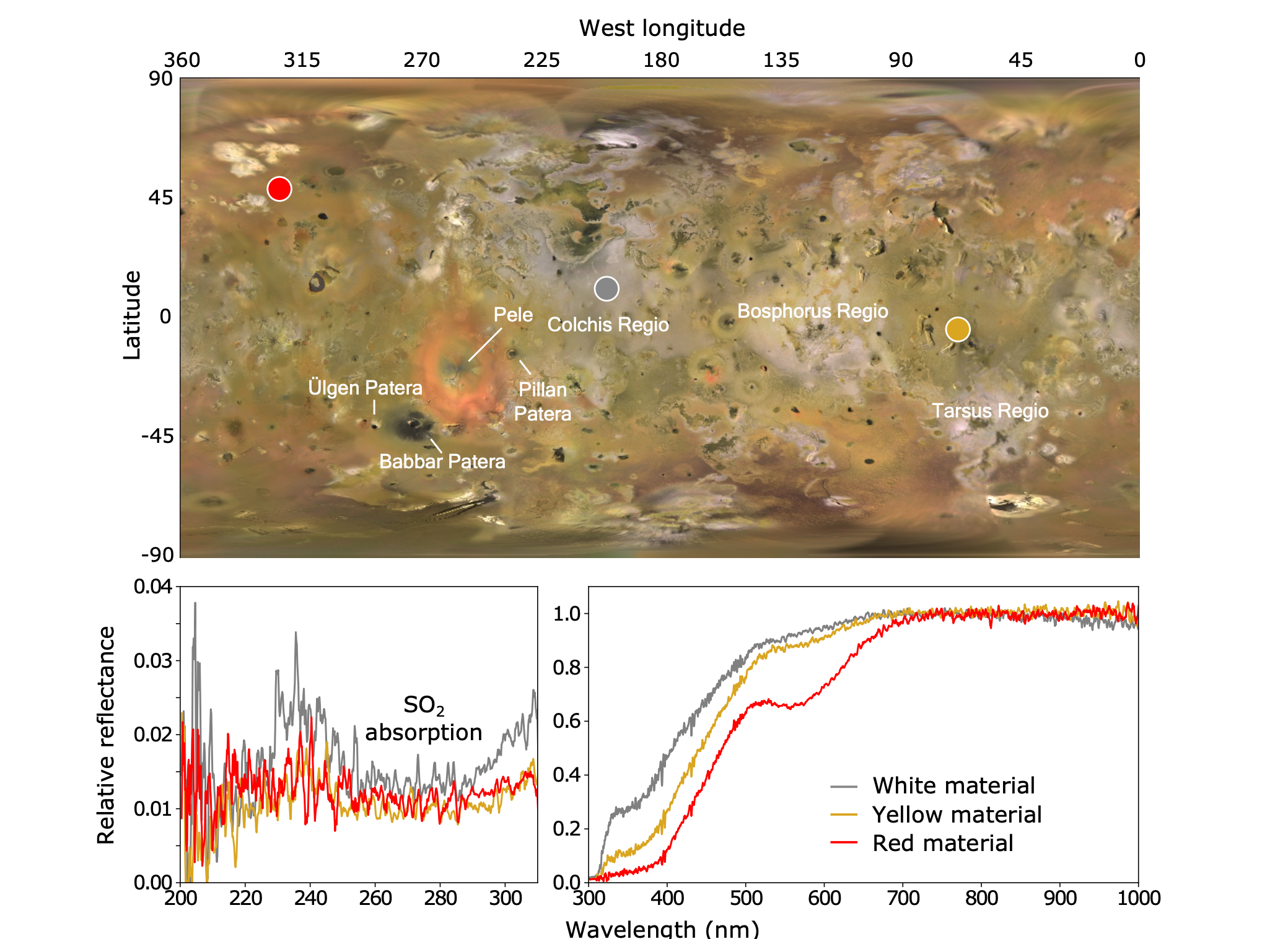
Io’s intense volcanic activity results in one of the most colorful surfaces in the solar system. Ultraviolet and visible-wavelength observations of Io are critical to uncovering the chemistry behind its volcanic hues.
Here, we present global, spatially resolved UV-visible spectra of Io from the Space Telescope Imaging Spectrograph on the Hubble Space Telescope (HST), which bridge the gap between previous highly resolved imagery and disk-integrated spectroscopy, to provide an unprecedented combination of spatial and spectral detail.
We use this comprehensive dataset to investigate spectral endmembers, map observed spectral features associated with SO2 frost and other sulfur species, and explore possible compositions in the context of Io surface processes.
In agreement with past observations, our results are consistent with extensive equatorial SO2 frost deposits that are stable over multi-decade timescales, widespread sulfur-rich plains surrounding the SO2 deposits, and the enrichment of Pele’s pyroclastic ring and the high-latitude regions in metastable short-chain sulfur allotropes.
Samantha K. Trumbo, M. Ryleigh Davis, Benjamin Cassese, Michael E. Brown
Comments: 15 pages, 8 figures, published in PSJ
Subjects: Earth and Planetary Astrophysics (astro-ph.EP)
Cite as: arXiv:2212.08783 [astro-ph.EP] (or arXiv:2212.08783v1 [astro-ph.EP] for this version)
https://doi.org/10.48550/arXiv.2212.08783
Focus to learn more
Journal reference: The Planetary Science Journal, 3, 272 (2022)
Related DOI:
https://doi.org/10.3847/PSJ/aca46d
Focus to learn more
Submission history
From: Samantha Trumbo
[v1] Sat, 17 Dec 2022 02:41:21 UTC (10,698 KB)
https://arxiv.org/abs/2212.08783
Astrobiology, Astrochemistry


